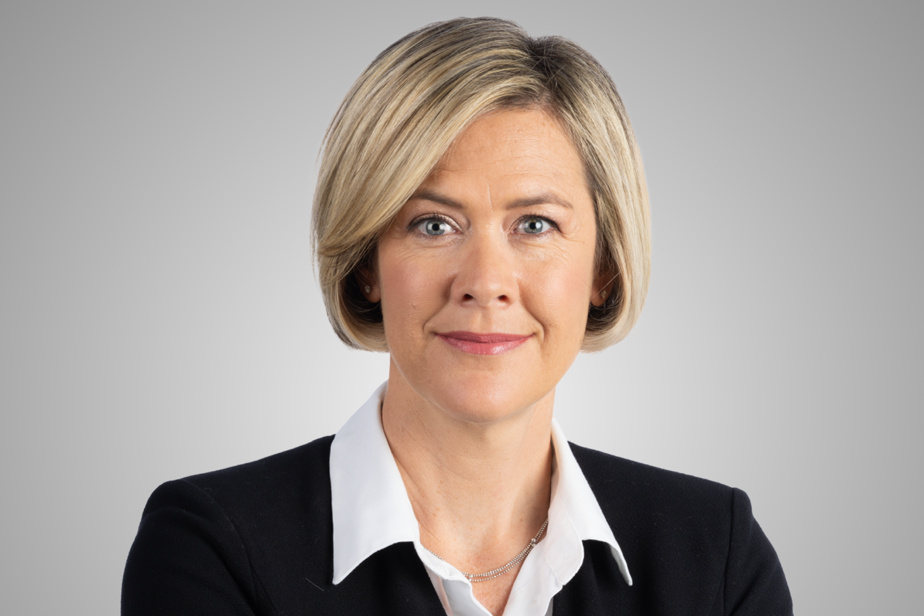“Dear patient, has Following a long period of reflection on the future of my practice in family medicine, I have decided that I will no longer practice medicine in the public system (RAMQ). Consequently, I will no longer be able to follow you as a family doctor in the public system…”
As the exodus of doctors from the public network accelerates, more and more Quebecers are receiving this type of letter inviting them to follow their family doctor to the private sector.
But at what cost !
Gaétan Faubert “found it pretty steep” when he learned that he would have to subscribe to an annual plan of $4,300 providing for 10 visits to stay with the family doctor who has been following him for about fifteen years*.
It’s prohibitive for the 82-year-old, who only sees his doctor once a year. Otherwise, the clinic offers to pay $1,345 for an annual checkup, including a battery of tests and follow-up for the results.
This bill remains astronomical, when we know that a visit to a medical office in the public network generally brings in $50 to $130 for the family doctor, depending on the complexity of the case.
But patients are stuck: 650,000 Quebecers are waiting on the waiting list for a family doctor. That’s not counting the 833,000 others who are waiting for a consultation with a specialist, more than half of whom are late.
This lack of access pushes patients into the private sector, where doctors can build lucrative practices, free from government constraints. Except that by migrating to the private sector, these doctors further drain the public network, which fuels a vicious circle.
The more doctors there are in the private sector, the longer the waiting list in the public sector. This is clearly seen in dermatology, the specialty with the most private doctors… but also the one where the waiting list in the public sector is among the longest (97,000 people).

Overall, 774 doctors now work in the private sector, according to figures provided by the Régie de l’assurance maladie du Québec (RAMQ). That’s almost three times more than ten years ago.
The phenomenon is particularly striking among general practitioners, 514 of whom are not RAMQ participants. This represents 5% of all family doctors. This is no longer a marginal story that we can turn a blind eye to.

Even more worrying: young doctors are by far the most numerous to opt out of the RAMQ. Among those with less than five years of practice, 162 are practicing privately. That’s six times more than ten years ago.
Some graduates go straight into private practice, never working in the public system. Taxpayers are the fall guys, funding their expensive education through their taxes – the highest in North America – without being entitled to service.
The social contract is broken. It is time to have a serious reflection on two-tier medicine.
On the one hand, it must be recognised that the flight of doctors to the private sector is a symptom of the evil that is eating away at the public network and which discourages doctors from working there.
For example, young doctors complain about the constraints imposed by regional medical staffing plans (PREMs) that force them to accept a position in a region that does not suit them. Are there gentler ways to ensure a fair distribution of services across the province? One solution could be to select more students from the regions and encourage them to return there, particularly with internships throughout their studies.
But on the other hand, Quebec could also put a lid on the private medicine pot, which remains very limited in other provinces. In British Columbia, for example, private doctors cannot charge higher fees than public doctors.
The longer Quebec waits to put the brakes on two-tier medicine, the more complicated it will be to put the toothpaste back in the tube.
Health Minister Christian Dubé knows something about this. He promised to wean Quebec off the private placement agencies that have bled the public network dry of nurses. But this summer, the flying team he was supposed to send to the Côte-Nord to take over from the agencies was slow to take off.
Tightening the screws on private doctors won’t be easy either. But if Quebec sits on its hands, there is a risk that Ottawa will threaten to reduce its health transfers. To be eligible for these transfers, the provinces must offer public services accessible free of charge to the entire population for all necessary care, under the Canada Health Act.
It is not normal for Quebecers to be dumped by their doctor… unless they take thousands of dollars out of their wallets.
* The clinic charges $2,200 a year for patients who are young and healthy (which covers an annual check-up with follow-up and two other visits during the year). The fee climbs to $3,200 for those over 65 or with chronic illnesses and to $4,300 for those over 80, because the packages include more visits.
